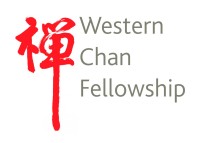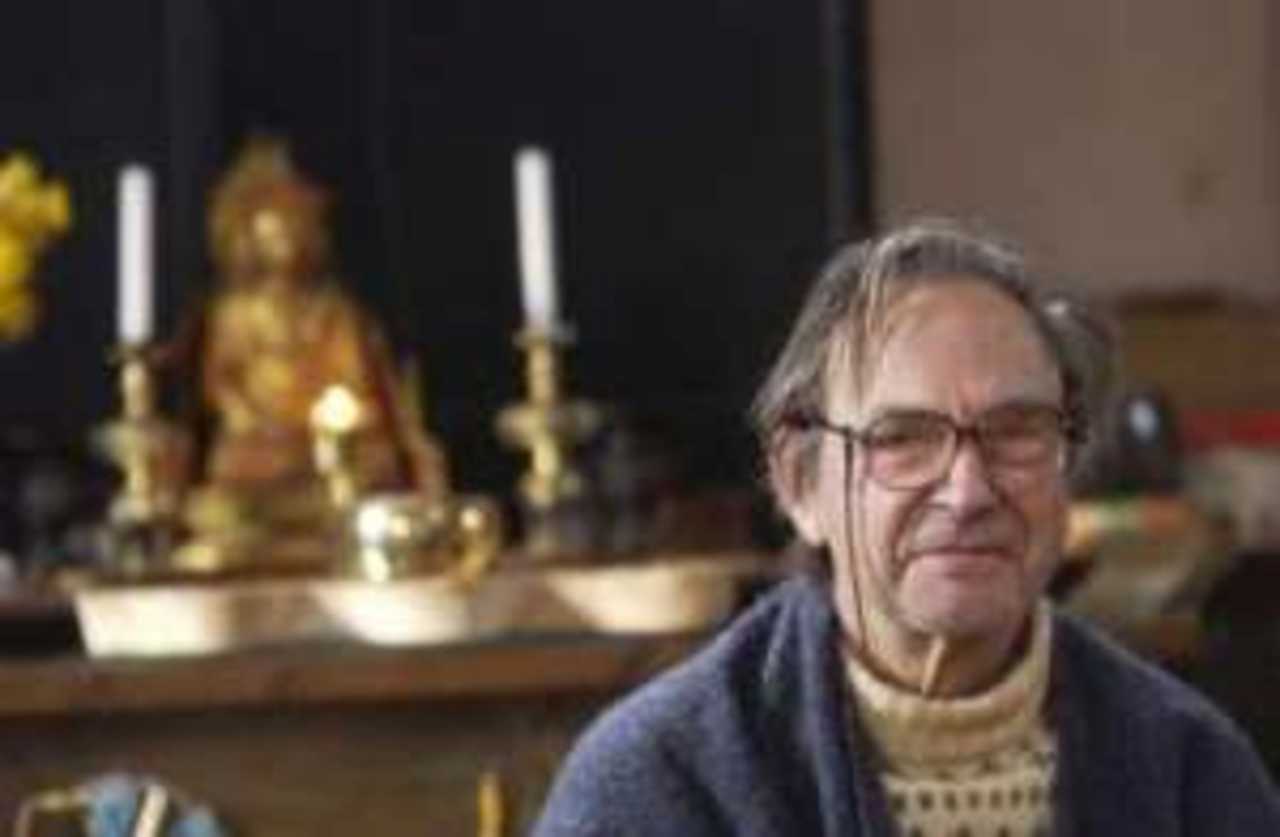A Little Problem concerning Tails
Master Wuzu, he who got stuck in an inn talking too much with three monk companions so that the lights went out on them, left us several outstanding koans. One of them reads:
"It is like a Buffalo passing through a window. Head, horns and all four legs have all passed through. Why does the tail not follow?"
What a curious story! To begin with, what on earth is a buffalo doing trying to get through a window? The whole project is decidedly bizarre. Maybe it was really a door or a gate. The ‘window’ shows the Buffalo was really after something. Then again, if the buffalo got its bulging bits like horn, head and legs together with the bulky body through, why not the thin small tail? What is Master Wuzu on about?
Of course, this is a koan, so we are expecting something paradoxical. The issue is how to resolve the paradox, to understand it, to use it on the path to enlightenment. Here we will have a go at exploration. Koans can be used in more than one way. The primary way is through direct meditative engagement, looking and seeing, not thinking. Yet a number of masters, especially the great Dogen, also used koans as a basis for exploring the Dharma through thinking; a form of thinking that bounces around intuitive interpretations in the search for an insight that can later lead to experiential comprehension. This is an attempt at an ‘understanding’ beyond both knowledge and experience- a mature knowing. So enjoy this exploration but, when you tackle the koan yourself, you must travel your own way.
How many times have you been in a situation where all has been going well until at the last moment the whole endeavour is blocked?. Think of trying to pass a driving test. You have managed everything yet parking by reversing is beyond you and the examiner refuses to qualify you. Maddening! Or again, you are working on a scientific problem or a mathematical investigation. You have done splendidly but some final insight, some conclusive experiment, refuses to bring the task to a satisfactory completion. Yet, in such cases as these, you can expect to reach a solution through practical means or by logical thinking, maybe going back through the whole project carefully checking all stages, all enquiries.
Then again, in meditation, all of us practitioners have the problem of repeatedly calming the mind only to loose it yet again as ramshackle thoughts, discriminations and prejudices well up from nowhere. We know we have to reset the mind and try again. Indeed, for us with often complex karmic conditioning, this is the quite usual process. It may take a lot of practice before a beginner tastes silence or bliss for first time.
Yet, this koan is not a logical matter. It is quite ridiculous. Why should the tiny tail prevent the buffalo passing through when the rest of its hulking body has done so? Even so, the koan does not say the tail will not follow – merely that it has not done so yet. This resembles many experiences in meditation. We sit and sit but the hassling mind will not release us from our worries, our preoccupations and our self-concern. Sometimes, especially when we expect too much, each sitting seems to get worse – until suddenly it may give way as a radical shift in attitude occurs. Usually it is difficult to see what has enabled this to happen.
So maybe Master Wuzu is not actually talking about Buffalos at all. He spins a challenge to us. What is the metaphor in this story concerning something that like this “tail’ unexpectedly prevents a conclusion? What blocks us from Dharma insight after so much seeming success? So what is the Dharma? At the least, it requires some re-enactment of what the Buddha did.
In studying the Dharma everyone begins with some knowledge of the Buddha’s ideas, one seeks to understand them – one thinks. Yet, the understanding of Dharma does not depend only on some clever thinking. Again and again in both past and present, teachers warn us that anything academic or indeed ‘rational’ won’t do it. All such approaches are just a preliminary look at a map. Why? Because descriptions never contact reality directly – they leave us stranded – half in, half out. Language does not touch the ‘thing in itself’ Traditionally therefore, after following the Buddha’s horns, head and legs, we have to turn to the yoga practices of his mind.
The clumsy buffalo, the hopeful practitioner, has been using his sensation, perception and memory of past events to attempt a passage through the Dharma window. Yet, one of the attributes of mind (the 'skandhas') has only been employed in a limited way. ‘Awareness’ is an essential aspect of all the 'skandhas' yet it is not in itself determined by them. What if we allow awareness to arise without any cognitive or perceptive discrimination? Sensation usually arises impurely as part of the other discriminatory processes and then remains a cunning barrier. The sound or sight is accompanied by name and memory. This body-dependent ‘tail’ inevitably accompanies the head, legs and horns. What happens if one lets the ‘tail’ as ‘bare awareness’ function by itself?
The moment the yogic practitioner lets go of the time-bound activities of thinking with past memories and hopes for the future he/she allows the horns, head and legs to simply pass beyond the barrier and out of sight. The remaining 'tail' then glows in all its unimpeded clarity - no longer bound by time. Bare Awareness, unpolluted by memory, by expectation, by time, glows in the consciousness of the present moment. Maybe this is the ‘tail’ one needs to uncover.
Yet not quite! You can become aware of the current presence of sensations: hi – here is the sound of distant traffic; hi – here’s the sound of a buzzard's cry; but such sounds or sights may just pass by without shifting the mental state, which at once resumes its time-bound contemplations. Holding attention within that awareness does however do the trick. Sustained awareness becomes consciousness of the presence of the present moment as it runs along without thought. Out of this emerges the clarity of freedom from concern. This freedom, this clarity, can take the practitioner all the way to seeing that this simplicity alone is the root of one’s nature. Yet, at first the clarity is only a preliminary glimpse. It needs continued direct investigation.
The simple 'tail' of awareness is present throughout the whole activity of the body-mind, yet may also manifest as the mere presence of being in the presence of timeless present. Heads, horns, legs, have all gone on their way. There remains only the shining lucid ‘tail’ in unique purity. No time, just ‘now’ – a flowing with situational time. If this awareness – 'tail' – is to pass through the window frame of Dharma understanding it needs a total attention beyond cognitive discriminations. The path is inevitably one of letting go – not any kind of acquisition. It is this realisation that practitioners often find so difficult to apply.
Yet, heigh–ho, to walk the Bodhisattva's path even this turns out not to be enough. The 'tail' itself must also be dropped lest it too becomes attachment. Between the tailing and the tailed lies the third place. What is that?
Investigate!!
Chuan-deng Jing-di
- Publication date:
- Modified date:
- Categories: 2010 Teishos John Crook John Crook
-
 Western Chan Fellowship CIO
Western Chan Fellowship CIO - Link to this page
Back

©Western Chan Fellowship CIO 1997-2025. May not be quoted for commercial purposes. Anyone wishing to quote for non-commercial purposes may seek permission from the WCF Secretary.
The articles on this website have been submitted by various authors. The views expressed do not necessarily represent the views of the Western Chan Fellowship.
Permalink: https://w-c-f.org/Q372-66



